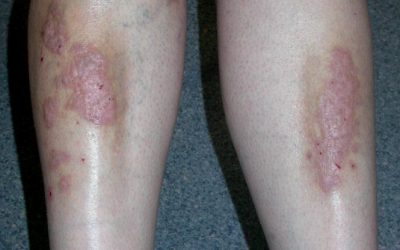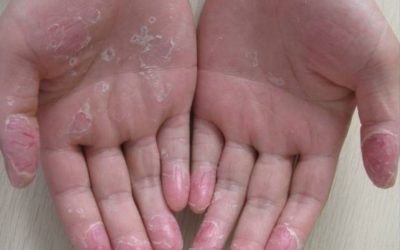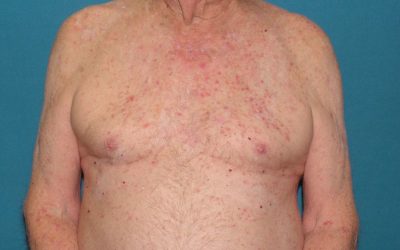Polymorphic light rash (sun allergy)
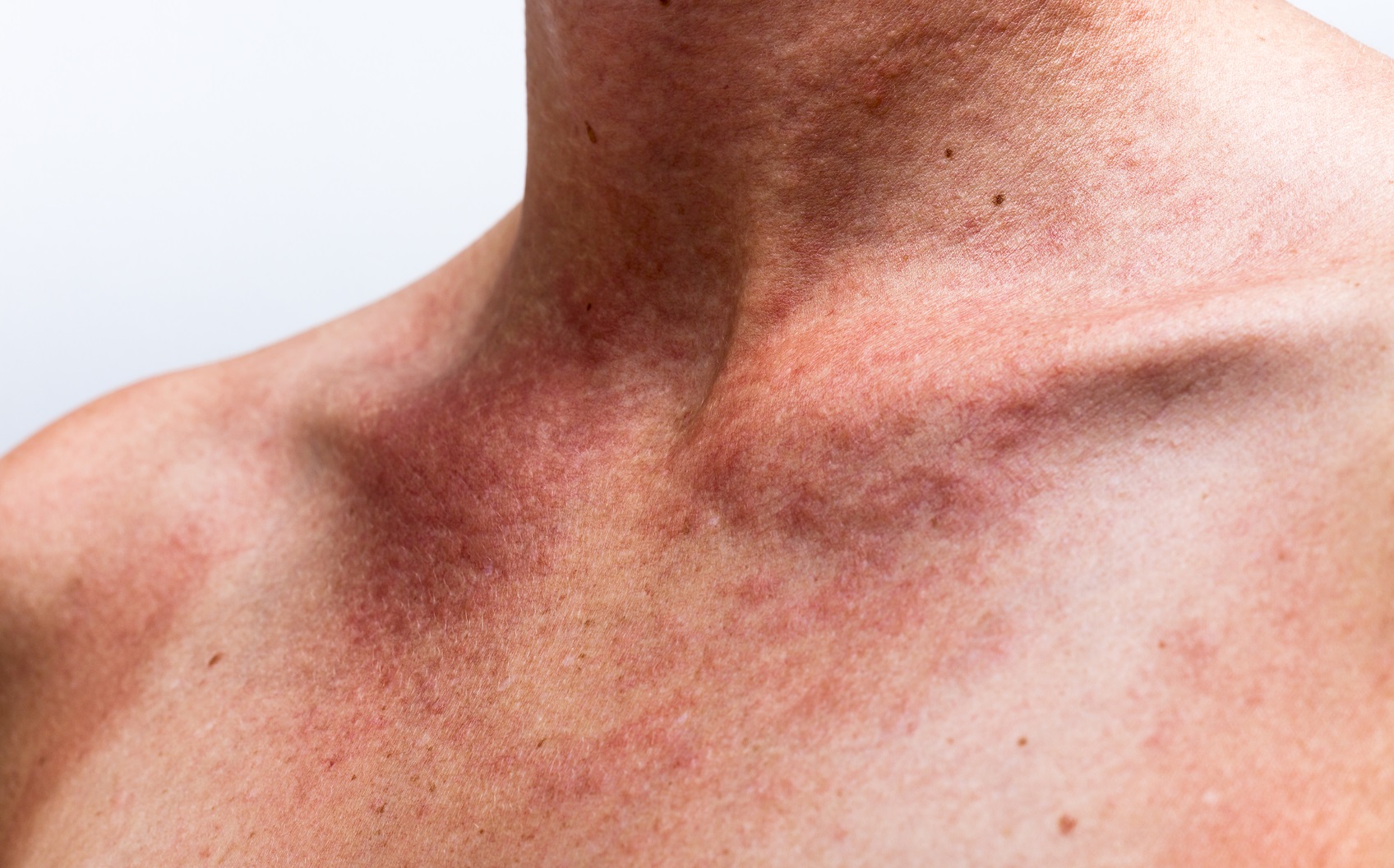
It usually occurs during the warm season (spring, summer), which means it is seasonal. Itchy, small, pink or skin-coloured papular rashes, less commonly plaques and vesicles, appear on areas of skin exposed to direct sun within a few hours, less often after a couple of days. Skin lesions disappear spontaneously within a few days if you avoid the sun.
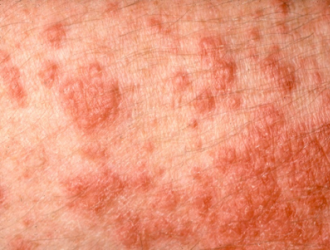
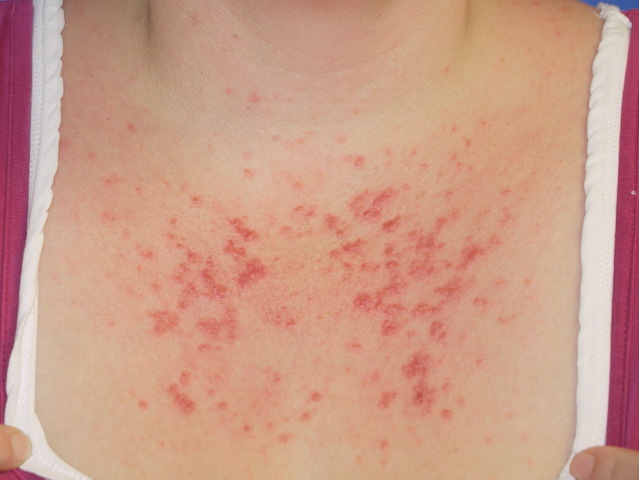
The diagnosis is based on medical history (exposure to direct sunlight), clinical symptoms (itchy rash on sun-exposed areas of the body) and seasonality (warm season). In most cases, no further tests are needed.
– Sun protection: clothes that cover the skin, SPF 50 sunscreen
– Prophylactic phototherapy (narrow-wave UVB phototherapy) in early spring or late winter to increase tolerance to the sun’s ultraviolet rays during the warm season. The course is 2-3 treatments per week for 4-6 weeks each year.
Treatment:
– Corticosteroid ointments. They are effective in reducing inflammation and itching. These drugs are given for 5-7 days, 1-2 times a day.
– In advanced disease, oral corticosteroids are prescribed.

Lichen Planus: Causes, Symptoms, and Treatment Options
Lichen planus is a chronic inflammatory skin condition that causes itchy, flat, purplish rashes. Effective treatments focus on managing symptoms and improving skin health to prevent discomfort and flare-ups.
Keratolysis Exfoliativa: Causes, Symptoms, and Treatment for Skin Peeling
Keratolysis exfoliativa is a skin condition that causes painless peeling, often affecting the palms and soles. Managing this condition involves proper skin care and moisturizing treatments to reduce peeling and improve skin health.
Heat Rash: Causes, Symptoms, and Effective Treatment
Heat rash, also known as prickly heat, occurs when sweat gets trapped in the skin, leading to small red bumps and itching. It’s common in hot weather and can be treated with cooling measures and proper skin care to reduce discomfort.


